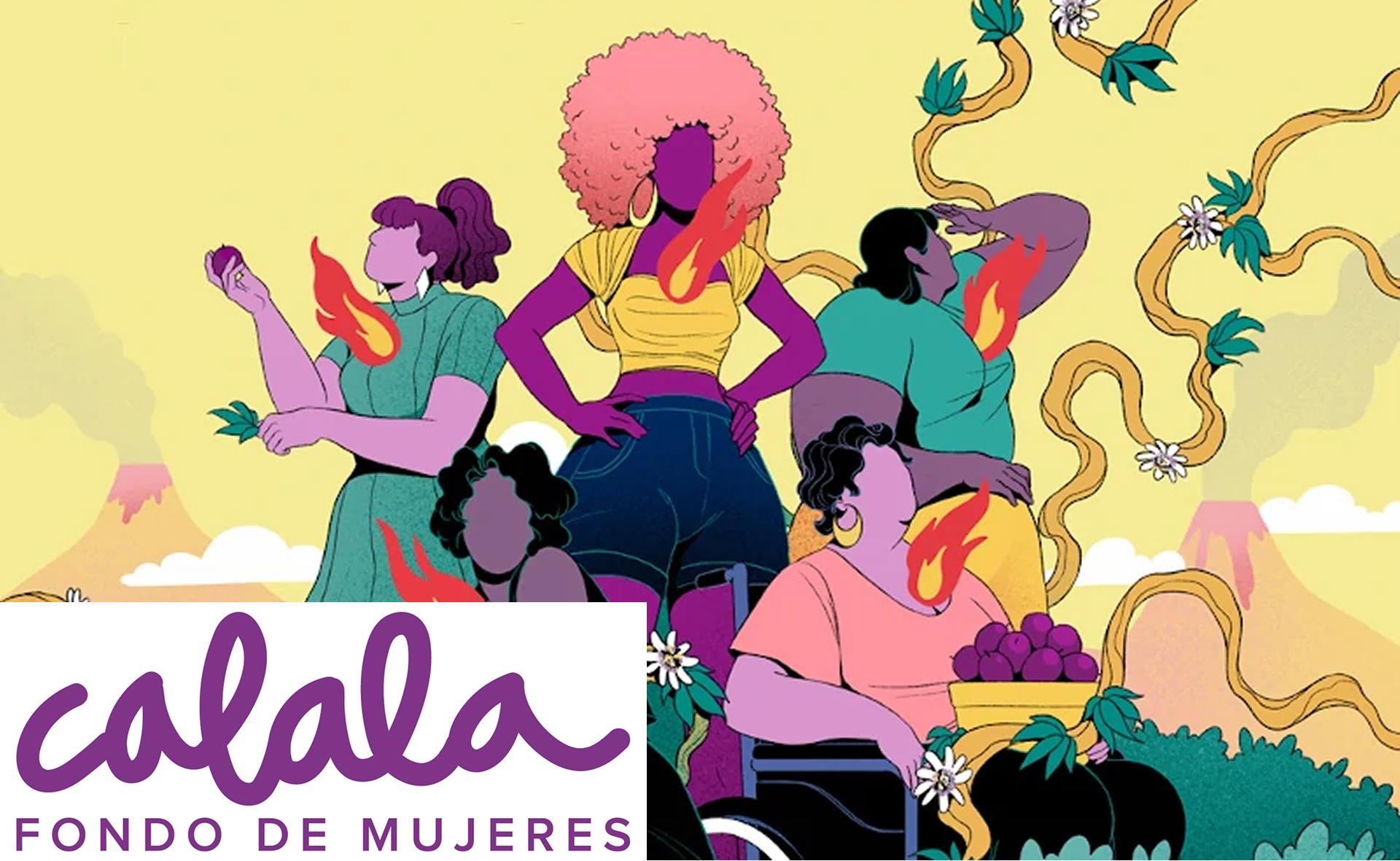Locaria Views: Myths about the translation profession
When meeting new people or even talking to friends or family, I often realise that they have no idea about what I do or that they imagine it in a way that’s far from reality.
So, let’s look at some stereotypes about our work as language specialists that we are often faced with, and then we will see what the translation process really entails and which different tasks language specialists carry out.
We are interpreters
Some of us might work as interpreters as well, but most of us don’t. We as language specialists work with the written language, while interpreting means working with the spoken language. This makes it a completely different profession that requires a different type of training. There are even different types of interpreting, such as simultaneous interpreting or consecutive interpreting – and mostly interpreters focus only on one of these types since they are very complex and require hard training and a lot of practice.
We speak all languages in the world
It is true that language specialists have a high affinity for languages and most of us speak, let’s say, at least two or three. Actually, in our daily work we usually focus on two: the source language and the target language. The target language is always our native language, so that we can assure the highest quality of our work, while the target language is a language that we understand very well and are “qualified” for; either by having a degree, by having enough experience, or by having passed a test carried out by a translation agency.
A lot of the time we work only from English to our target language, even if projects come from other countries. This is the case, because projects come from all over the world, meaning that they can be in Japanese, Russian and any other language. The easiest way is thus often, but certainly not always, to use English as a pivot language and translate from English to all other languages.
Everyone can do what we do
People often don’t say it out loud, but many think that everyone who speaks various languages can be a (good) translator. Yes, people can be very skilled with languages, they can be able to express themselves very well and switch from one language to another without difficulties.
However, when translating we have to be extremely detail-oriented and watch out for a multitude of little things that can influence the meaning or effectiveness of a text, phrase or even just a word. This means that we always have to understand the source text 100% and that we have to perform research all the time. We research terms, culture-specific expressions, and we even have to do market research to see if the content can be applied for the target audience. Furthermore, we have to be extremely versatile: it is indispensable for our work to adapt to the client’s brand, in terms of the tone of voice, their brand personality and target group etc. Therefore, we check their existing website, their brand statements and many even use language guides to explain how they want to express themselves.
What we do all day is “only” to translate
Many people think that our work only has one side, that we only ever do the same. The translation process in itself has multiple facets; these include translation, proofreading, QM (quality management – the last check to assure the best quality), FE (final eye, usually carried out by a project manager and only looking out for numbers, currency symbols etc.), DTP (desktop publishing – checking the format when a file has been published online since errors can occur when converting it). However, depending on the specialisation, whether we are employed or work as freelancers and even depending on our professional connections, we work on very different types of projects and tasks, including:
- Subtitling: Subtitling has different requirements than other translation jobs. Here, we have to look out for character limitations and to make it as readable as possible.
- Marketing content: SEO and PPC When working on marketing content, we almost create a new campaign for brands that can work for each specific market. I will not explain all the elements that we have to consider when working on SEO or PPC projects, but it includes using the most effective keywords, considering character limitations and also taking into account how Google and certain technologies work so that we can achieve the best results. In these cases, we do localize, but we also do keyword and market research, amongst other things.
- E-learning and multimedia content: These types of projects are highly complex and contain even more steps than the typical translation process. Here, we translate contents that later are turned into courses: for example training for new employees. These contents contain images, text and audio; which means that after the translation process we have to go through testing phases, in order to check whether images and text appear in the correct places and whether audios match the text and so on.
- Surveys and market research: Localising surveys pose other challenges. Here, we have to make extremely sure that the questions and response options mirror the meaning conveyed in the source, in order not to distort the research results. Apart from that, we have to consider things like “piping”: this means that response options are inserted in a new question. These response options can be words, phrases or even whole sentences, so we have to match the response options with the formulation of the new question.
These are some examples of our work as language specialists; however, please note that I drew from my personal experience for this article. There are many other areas that we work in – with different requirements and challenges. Worth mentioning are legal translations, translations for life science projects, sworn translations… the list goes on and the opportunities are endless.
A core value of Locaria is “Always Learning, Always Teaching” and this is a great description of life as a linguist. We love to keep up to date with the evolving search and linguistic landscape. Continually evaluating and sharing our knowledge to help our team, linguists and clients is key to our performance in everything we do

Article by Amelie Hoffmann



